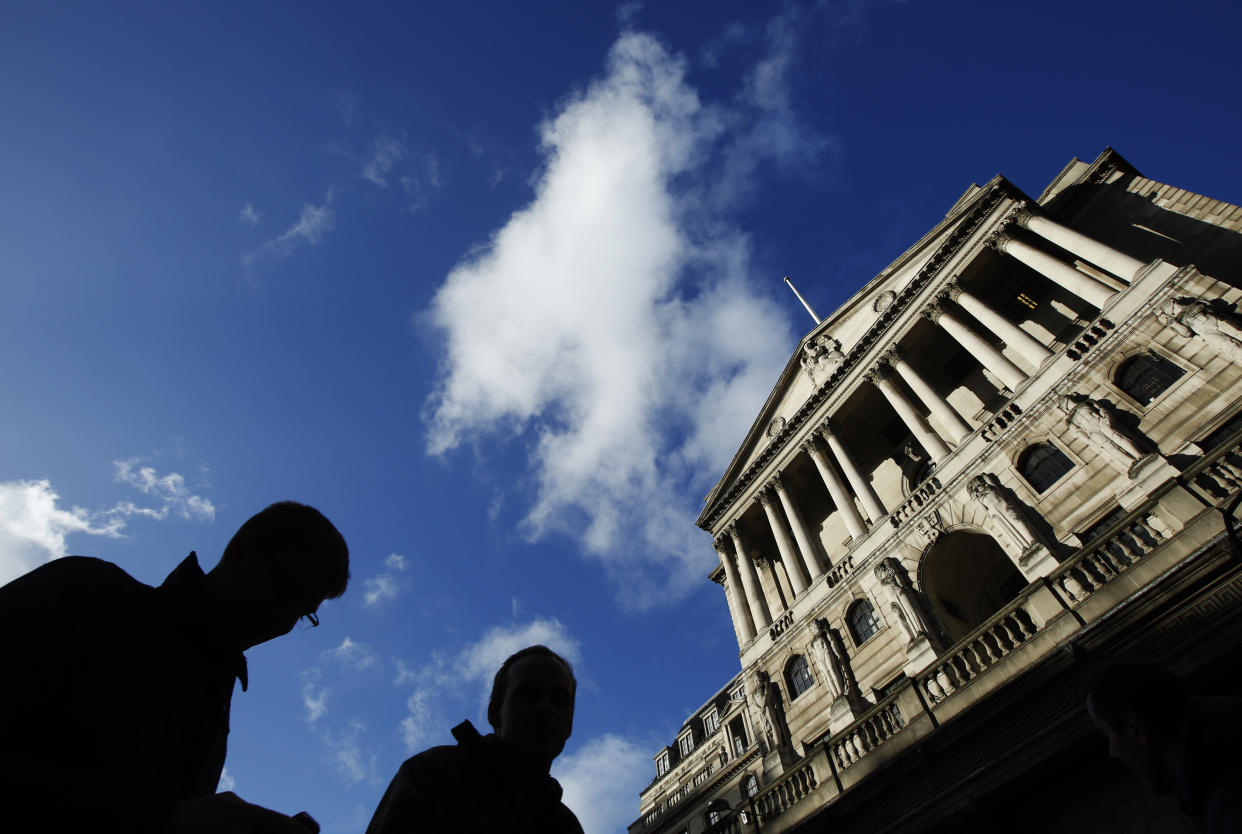UK borrowing exceeds repayments for first time since start of pandemic

Consumers in the UK borrowed more than they paid off in May for the first month since March 2020, a sign of the pressure the easing of lockdowns has put on the UK economy and people's finances.
According to data released on Tuesday morning by the Bank of England (BoE), despite making significant net repayments of consumer credit since March 2020, May saw net borrowing of £300m ($415.3m).
The annual growth rate remained weak, but rose to -3.2% in May from -5.7% in April, the Bank said.
The increase in net consumer credit reflected an additional £400m of ‘other’ forms of consumer credit, such as car dealership finance and personal loans.
A swathe of data has pointed to a boom time for the UK economy as lockdowns head towards the final stages of easing. Record spending on hospitality and clothing has charged GDP and UK consumer confidence has held steady despite rising Delta virus cases and the threat of inflation.
Watch:What is inflation and why is it important?
"“After a long period of hibernation, it’s natural consumers are enjoying a bit of the old normal, and many have built up a sizeable war chest of savings over the course of the pandemic. Unfortunately those savings are earning next to nothing in the bank, and now inflation is on the rise, they’re actually losing their buying power more quickly," said Laith Khalaf, financial analyst at AJ Bell.
"Indeed, the Bank of England now expects inflation to rise above 3% later this year, and that may yet prove to be a conservative estimate."
"For money that’s going to be spent in the short term, cash is still the only option, though a high street current account is likely to be offering a particularly dismal rate of interest so it’s worth shopping around for a bit more. For money that‘s not going to be used for the long term, five to ten years or more, the stock market might offer better protection from inflation for those who can tolerate the ups and downs."
Credit card lending remained weak compared to pre-February 2020 levels, with a net repayment of £100m. The annual growth rates of both components have risen from series lows in February, but remained weak at -0.4% and -9.9%, respectively.
The effective interest rate on interest-charging overdrafts fell by 42 basis points to 19.78% in May, dropping below 20% for the first time since August 2020. Rates on new personal loans to individuals decreased by 4 basis points, to 5.61% in May, compared with an interest rate of 7.03% in January 2020.

The cost of credit card borrowing, in contrast, increased by 13 basis points to 17.83% in May. The changes in rates on credit cards and personal loans in May partially offset changes in April.
Read more: European markets rise despite Delta variant concerns
Meanwhile, households deposited an additional £7bn with banks and building societies in May. The net flow has fallen in recent months, and compares to an average net flow of £16.5bn in the six months to April 2021 and a series peak of £27.6bn in May 2020.
The flow is nevertheless relatively strong — in the year to February 2020, the average inflow was £4.7bn. There was an outflow of £100bn from National Savings and Investment (NS&I) accounts, which are not captured within household deposits but can act as a substitute for them.
Watch: Borrowing falls as furlough spending eases – but still second highest on record


